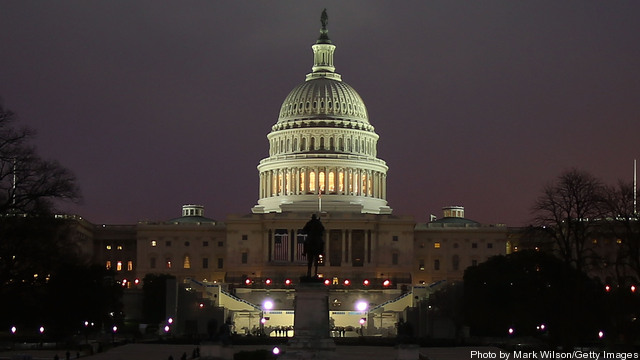
With Secretary of Energy Steven Chu set to depart his post in the coming weeks, many are watching for clues as to who President Obama will pick to be his successor. Some hope for a more industry-friendly pick, such as Duke Energy’s CEO Jim Rogers. Environmentalists have been pulling for names like Tom Steyer, billionaire investor and cleantech enthusiast, or John Podesta, head of the Center for American Progress. Considering Secretary Chu’s struggles with Congress, many want a more politically-adept pick like former Senator Byron Dorgan (D-ND).
Whomever President Obama chooses, the nominee will be critical in laying out the energy agenda for the next four years. Keep reading →







